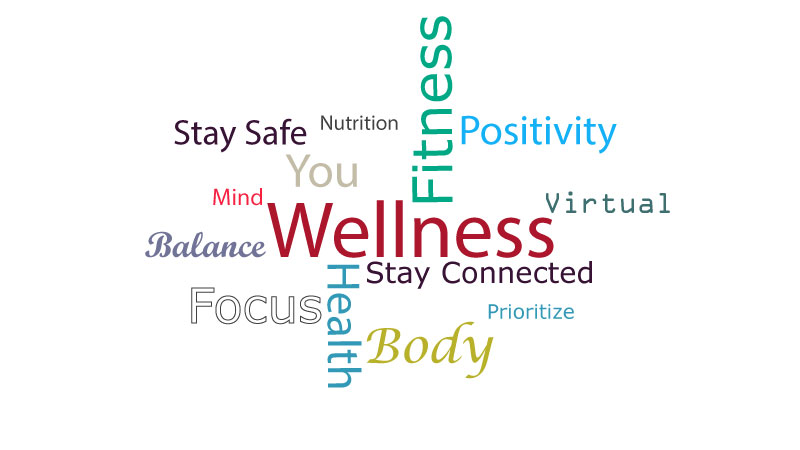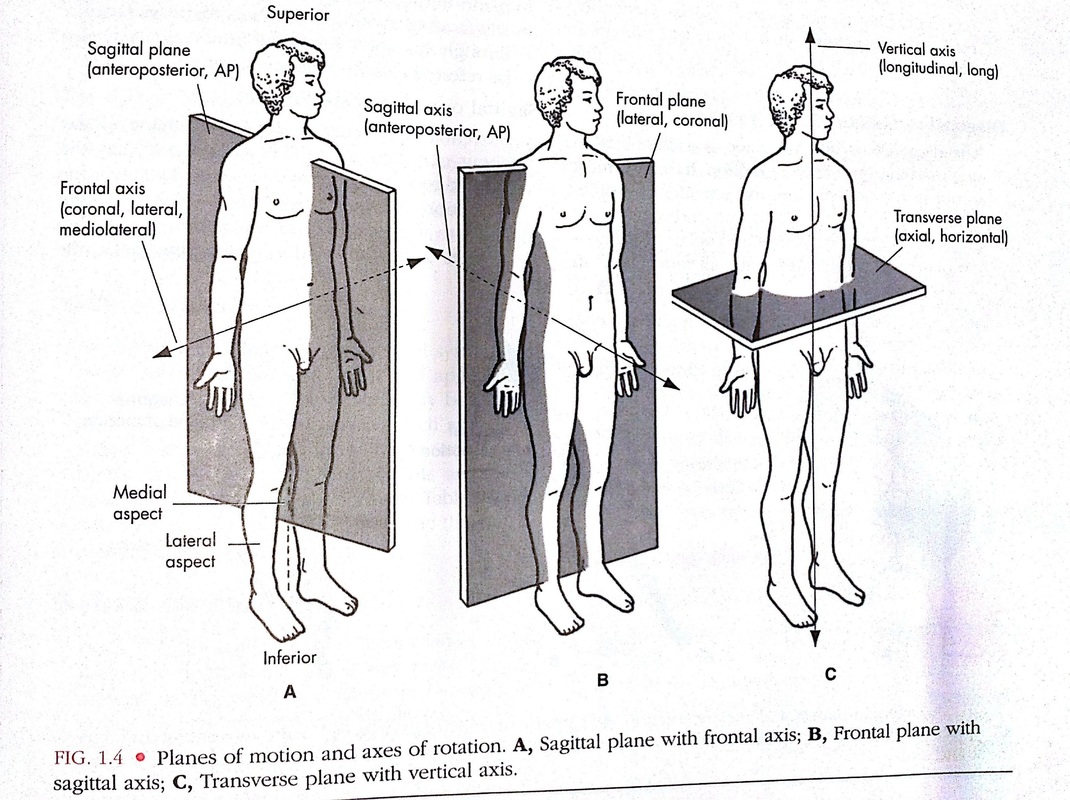There's an English language idiom that's used to encourage someone to trust their instincts or intuition. It's "go with your gut." This expression is often used figuratively, but I've come to think of it in a more literal sense. When it comes to my health, I am finally learning to listen to my gut and give it the credence it deserves. How about you? Is your gut trying to tell you something?
What's in your gut? - Although the word gut sounds short and simple, the system it describes is actually very complex and is also absolutely critical to our survival. In fact, the gut is so important that it has its own "brain" - the enteric nervous system (ENS) (3). The gut, or gastrointestinal (GI) system includes the stomach, large intestine and colon, among other things. The major events of digestion and food absorption occur in the small intestine, which is covered in tiny little projections called villi that aid in the absorption of nutrients from the foods we eat (3). Problems can occur when these villi and the gut lining become compromised (3).
Wellness and the gut - When it comes to diagnosing disease, it seems wisdom dictates the symptoms are related to the location where they are present. For example, my Mom had eczema when she was a child. Since the rash was on her skin, the doctors called this a skin disorder. Thankfully, Western medicine has progressed since then and recognizes that there is more to the picture. The diagnosis of disease is now taking a more holistic approach, recognizing that the body is an integrated system and a symptom in one location could actually stem from something occurring in another location. Applying this understanding to my Mom's eczema, doctors now see a link between eczema and the immune system, even though the symptoms appear on the skin (1). So, clearly this isn't just a skin disorder.
What's all this have to do with the gut? Well, experts are making connections between our gut health and a variety of diseases outside of the GI system itself. I imagine
Hippocrates (460-377 BC), who is often referred to as the father of western medicine and is quoted as saying, "all disease begins in the gut" would be amused by modern medicine's reluctant acceptance of his ancient wisdom! (2)
GE foods - Let's take a moment to discuss the nomenclatures used to describe these
foods. The terms genetically modified (GM) foods, genetically modified organisms (GMOs), genetically engineered (GE) foods, and bio-engineered foods, all describe products that have had "foreign genes (genes from other plants or animals) inserted into their genetic codes" (5) "creating combinations of plant, animal, bacterial and viral genes that cannot occur in nature or in traditional crossbreeding" (4).
 |
| from USDA Economic Research Service |
I'm not eating GE foods, am I? - You may be surprised by just how much of the food in US grocery stores comes from GE crops. I know I was! In the US there are 4 commonly grown GE crops: corn, soy, canola and cotton. The USDA’s Economic Research Service estimates that 90 percent of the corn grown in the United States is genetically modified (7) (at time post was written). So, if you're eating corn that was not organically grown you are eating GMO's. Maybe you're careful to not eat GE corn. Good! However, if you eat animals that eat feed that contains GE corn, you are consuming GMO's. Maybe you don't eat meat or GE corn? Well, if you are eating processed foods (which usually contain high fructose corn syrup) you are consuming GMO's. In fact, about 70 percent of processed food in US supermarkets contains GE ingredients, according to the Center for Food Safety (8).
GM Foods and our gut health - Before we talk about our gut health, we need to look at one genetic modification in particular occurring in certain US crops, that is the insertion of a short sequence of genes from Bacillus thuringiensis (Bt) into plants like corn and potatoes for example. Bt "is a Gram-positive, [naturally occurring] soil-dwelling bacterium" and is now "commonly used as a biological pesticide." (10) You can read more about it at the University of California - San Diego's webpage
here, but here's the shorter explanation:
 |
| Image from UCSD |
"Bt has to be eaten [by the insect] to cause mortality. The Bt toxin dissolve in the high pH insect gut and become active. The toxins then attack the gut cells of the insect, punching holes in the lining. The Bt spores spill out of the gut and germinate in the insect causing death within a couple days." Organic farmers have used Bt topically as a pesticide for years. Splicing the Bt genes into a plant is a relatively new occurrence.
What does Bt have to do with our gut health? There is compelling evidence from a study done in the early part of last year that indicates consuming GE foods containing Bt toxin has a detrimental effect on humans. For the first time, researchers have found Bt toxin in the blood stream of people. The doctors who did the study wondered why this would be the case if the Bt toxin were being destroyed in the human stomach during digestion as was originally believed.
They argue in their research that "modified Bt toxins are not inert on nontarget human cells and that they can present combined side effects with other residues of pesticides specific to GM plants." (9)
Not too surprisingly, this French study was criticized and attempts were made to discredit it. However, a new study released this year from the University of Brazil reinforces the concerns highlighted by the earlier research and raises disturbing new issues of potential toxic affects to our blood. You can read the details
here. (11)
This subject is too lengthy to discuss in one post, so I will wrap this up for now and conclude next time with a discussion of what the recent research reveals about how consuming GE foods impacts our gut and overall health. In the meantime, consider this quote from another Greek power thinker named Aristotle - "Intuition is the source of scientific knowledge." What do you think? Are you going with your gut?
UPDATE:
The Research paper referenced above has been retracted by the Journal Food and Chemical Toxicology. The following is a segment of their statement. You can read it in it's entirety
here:
"The journal Food and Chemical Toxicology retracts the article “Long term toxicity of a Roundup herbicide and a Roundup-tolerant genetically modified maize,” which was published in this journal in November 2012. This retraction comes after a thorough and time-consuming analysis of the published article and the data it reports, along with an investigation into the peer-review behind the article. The Editor in-Chief deferred making any public statements regarding this article until this investigation was complete, and the authors were notified of the findings."
In what sounds like a low budget film title, this has come to be known as the
Seralini affair. I will leave the determination of whether or not this study was faulty to minds much more scientific than mine. I will say that my gut reaction is to remain skeptical regarding the safety of eating GMO's. No one really knows the long term effects. The biggest study being conducted is occurring in real time among the general population who consume GMO's. Profit and greed seem to trump health and safety these days. Given the power of the chemical industry in America it doesn't surprise me. I'll leave you with these facts:
"The U.S. Chemical Industry - The chemicals industry is one of the United States’ largest manufacturing industries, serving both a sizable domestic market and an expanding global market. It is also one of the top exporting sectors of U.S. manufacturing. Accounting for 15 percent of global chemical shipments, the United States is a world leader in chemicals production and exports. The industry’s more than 10,000 firms produce more than 70,000 products. In 2012, the U.S. chemicals industry had sales of $769.4 billion and directly employed more than 784,000 workers, with additional indirect employment by industry suppliers of more than 2.7 million. With investment of $57 billion in research and development in 2012, and strong enforcement of intellectual property rights, one-fifth of all patents granted in the United States are chemistry-related." (Select USA)
Sources -
1) Nature Immunology, Cutaneous immunosurveillance and regulation of inflammation by group 2 innate lymphoid cells, Ben Roediger, et.al., http://www.nature.com/ni/journal/vaop/ncurrent/full/ni.2584.html
National Institutes of Health, Medline Plus - http://www.nlm.nih.gov/medlineplus/ency/article/002432.htm
2) Hippocrates - Wikipedia from http://en.wikipedia.org/wiki/Hippocrates
3) Understanding Nutrition, Ellie Whitney, 11th edition, Thomson, 2008
4) GE foods and health - http://www.actionbioscience.org/biotech/pusztai.html
5) GMOs - http://www.nongmoproject.org/learn-more/what-is-gmo/
6) University of Maryland Medical Center - http://www.umm.edu/ency/article/002432.htm
7) USDA Economic Research - http://www.ers.usda.gov/
8) Center for Food Safety - http://www.centerforfoodsafety.org/issues/311/ge-foods/non-gmo-shoppers-guide-325/1846/tips-for-avoiding-gmos
9) Cytotoxicity on human cells of Cry1Ab and Cry1Ac Bt insecticidal toxins alone or with a glyphosate-based herbicide - http://www.sciencedirect.com/science/article/pii/S0278691512005637
10) Bt - http://en.wikipedia.org/wiki/Bt_toxin
11) Hematotoxicity of Bacillus thuringiensis as Spore-crystal Strains Cry1Aa,
Cry1Ab, Cry1Ac or Cry2Aa in Swiss Albino Mice - http://gmoevidence.com/wp-content/uploads/2013/05/JHTD-1-104.pdf
12) Serafini affair - http://en.wikipedia.org/wiki/S%C3%A9ralini_affair
13) Select USA - US Chemical Industry - http://selectusa.commerce.gov/industry-snapshots/chemical-industry-united-states














